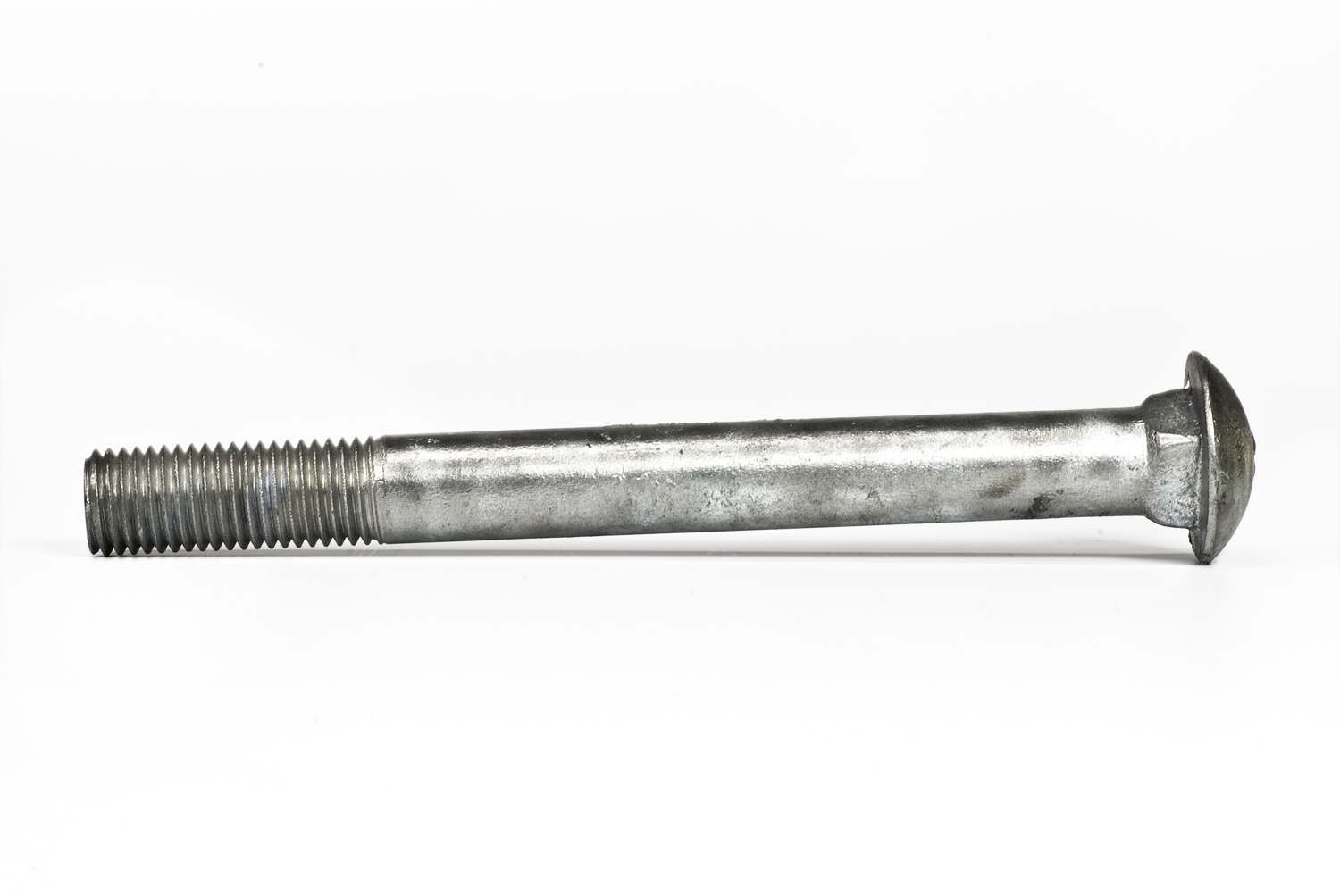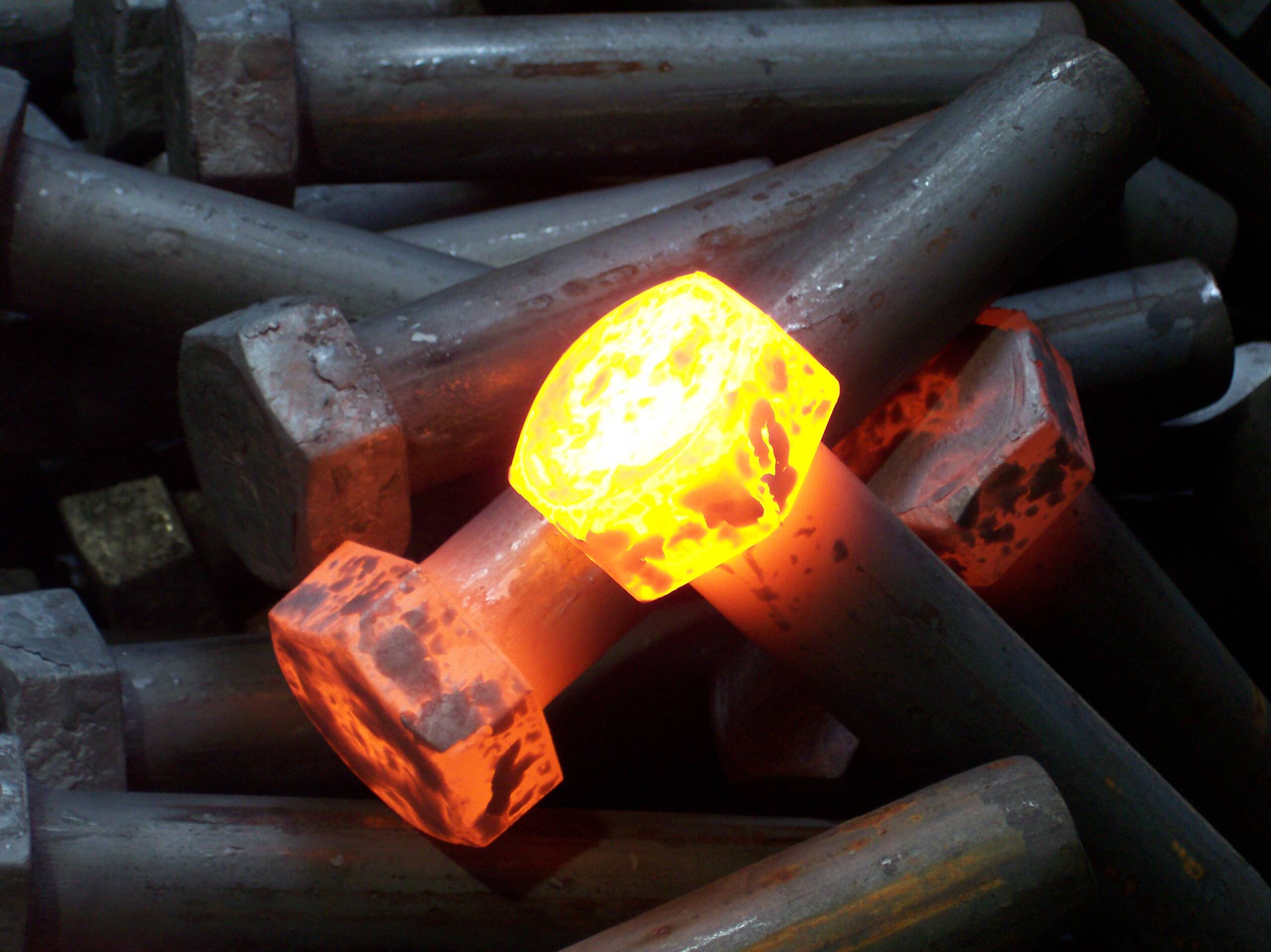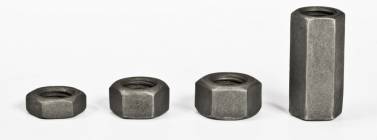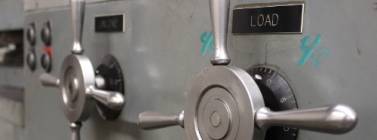What is the Difference Between 304 and 316 Stainless Steel?
When stainless steel fasteners are specified in the construction industry, 304 and 316 stainless steel are by far the most common. Although 304 and 316 are simply the type of stainless raw materials used to produce a finished fastener to an ASTM specification, it is also common for the finished fastener to be specified as just 304 or 316.
The question then is why would an application require one grade of stainless over the other. If we are talking about class 1 ASTM A193 B8 and A320 B8, which are both made from 304 stainless versus class 1 ASTM A193 B8M and A320 B8M, both made from 316 stainless, the mechanical properties for all four grades are identical regarding the yield and tensile requirements.
So what is the difference?
The difference between 304 and 316 stainless fasteners is in the chemistry.
When would 304 stainless fasteners be used?
Type 304 and 316 are both stainless steel alloys, but they have different chemical compositions and properties, which make them suitable for different applications.
304 stainless steel is austenitic stainless steel that contains 18% chromium and 8% nickel. It is the most commonly used stainless steel grade for general applications where the potential for corrosion exists. 304 stainless steel bolts are used in a wide range of applications, most commonly in construction and automotive.
In construction, 304 stainless steel bolts are commonly used in building and infrastructure projects, such as bridges and buildings, due to their corrosion resistance.
Because of this, they are used in environments where they will be exposed to moisture or corrosive chemicals. In automotive applications, 304 stainless steel bolts are used in automotive engines and transmissions due to their high-temperature resistance and corrosion resistance.
When would 316 stainless fasteners be used?
316 stainless steel, on the other hand, is a molybdenum-bearing austenitic stainless steel that contains 16% chromium, 10% nickel, and 2% molybdenum. The addition of molybdenum improves the alloy’s resistance to corrosion.
Type 316 stainless steel bolts are commonly used in applications that require a higher level of corrosion resistance than 304 stainless steel bolts can provide. The additional molybdenum content in 316 stainless steel enhances its corrosion resistance, making it suitable for use in harsh environments that are exposed to chemicals, acids, and saltwater.
In marine applications, 316 stainless steel bolts are commonly used in the construction of docks, piers, and other marine structures that are exposed to saltwater. 316 stainless steel is also used in the construction of boats and ships. 316 stainless steel bolts are also used in chemical processing plants due to their high resistance to acids and chemicals.
To put it simply, the main difference between 304 and 316 stainless steel is their chemical composition, which affects their properties and suitability for different applications. While both grades are corrosion-resistant, 316 stainless steel is more resistant to acids and chlorides, making it ideal for harsh environments, while 304 stainless steel is more commonly used for general-purpose applications.
 What are some common ASTM specifications made from 304 stainless?
What are some common ASTM specifications made from 304 stainless?
The most common 304 stainless fastener grades are ASTM A193 B8, A320 B8, and F593 Group 1. Although similar in the way that they are manufactured, A193 B8 fasteners are specified in high-temperature/high-pressure applications, whereas A320 Grade B8 fasteners are specified in low-temperature applications.
Despite this difference, both grades are required to be carbide solution annealed. Carbide solution annealing is a process of heating the material to a minimum temperature of 1,950 degrees and maintaining the temperature long enough for the chromium carbides to go into the solution. This process will bring the bolts back to their optimal corrosion-resistant condition after the forging (heading) process.
Another requirement for both A193 B8 and A320 B8 is the grade stamping requirement. If they are a forged (headed) part such as a hex bolt, the heads of bolts must be marked with “B8” and the manufacturer’s marking. If the fastener is a threaded rod, one end of the rod must be marked with “B8” as well as the manufacturer’s marking.
You may also see 304 stainless steel fasteners specified as ASTM F593 Group 1. ASTM F593 differs from both A193 B8 and A320 B8 in that there are four conditions describing the manufacturing process, which all have their own strength requirements and grade markings.
Also, if the fastener is a headed bolt, ASTM F593 Group 1 has additional processes performed that exceed the requirements of A193 B8 and A320 B8. If the bolts are hot formed, they too must be carbide solution annealed, but they must also pass an intergranular corrosion test, which is not required when bolts are ordered as type 304 stainless or under the ASTM A193 grade B8 specification.
What are some common ASTM specifications made from 316 stainless?
The different grades of 316 stainless do not differ much from 304. The most common 316 stainless fastener grades are ASTM A193 B8M, A320 B8M, and F593 Group 2. The same carbide solution annealing requirement applies to all three grades and headed F593 Group 2 fasteners require an intergranular corrosion test.
The main difference, besides the chemistry of the steel itself, discussed above, is the grade stamp. Both ASTM A193 and A320 must be marked with “B8M” as well as the manufacturer’s marking. ASTM F593 Group 2 fasteners require the grade marking associated with which of the four conditions it meets as well as the manufacturer’s marking.





Do I risk galvanic corrosion applying a 316 stainless steel bolt into 4140 alloy steel base material. The application is dry. The max temperature is 500 Degrees F. There is a small magnetic field between the two materials. Thank you for your reply!
@Paul- We are sorry, but we aren’t well versed enough in the specifics of galvanic corrosion to eloquently answer your question.